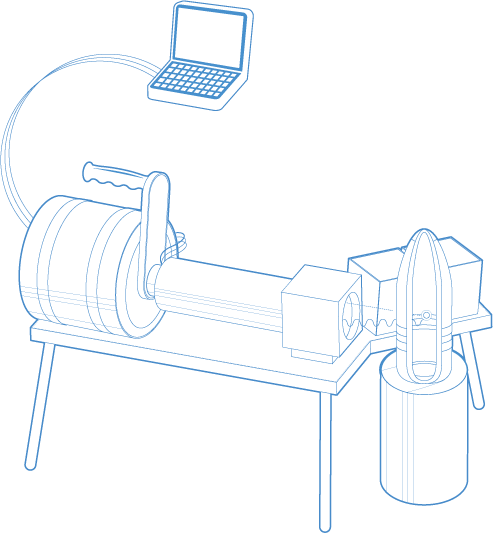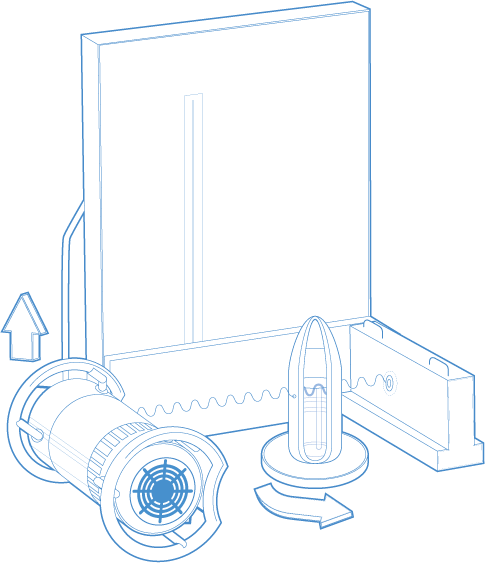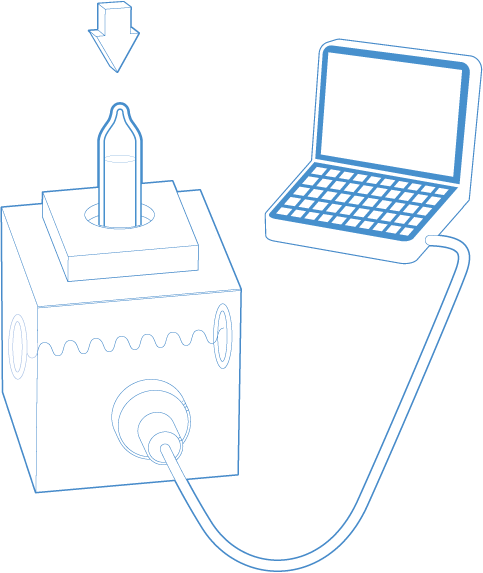The Recovered Chemical Materiel Directorate uses the Mobile Munitions Assessment System (MMAS) to provide analysis of recovered items with unknown fills. MMAS uses non-intrusive assessment equipment to rapidly provide detailed information on recovered items and distribute that information to appropriate authorities, reducing risk to the public, military and emergency personnel.
MMAS
Mobile Munitions Assessment System (MMAS) provides analysis of recovered items with unknown fills by:
- Traveling to the site where recovered munitions are found
- Rapidly identifying the contents and condition of recovered items
- Providing detailed analysis with minimal handling

1) Portable Isotopic Neutron Spectroscopy System (PINS)
PINS accurately detects the presence of chemical elements by using neutron particles to produce a unique energy spectrum emitted by chemicals inside the munition.

2) Digital Radiography and Computed Tomography System (DRCT)
DRCT uses X-ray technology to vertically scan recovered munitions on a rotating platform, reproducing a high- quality digital image of their interiors to determine whether a liquid fill is present as well as the explosive potential of the item.

3) Raman Spectrometer
Raman Spectrometer identifies the contents of glass bottles that were part of Chemical Agent Identification Sets (CAIS), used for training decades ago. This technology uses a fiber optic probe and laser.

